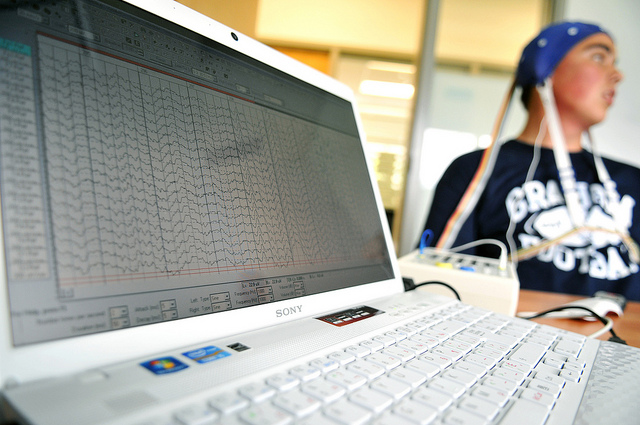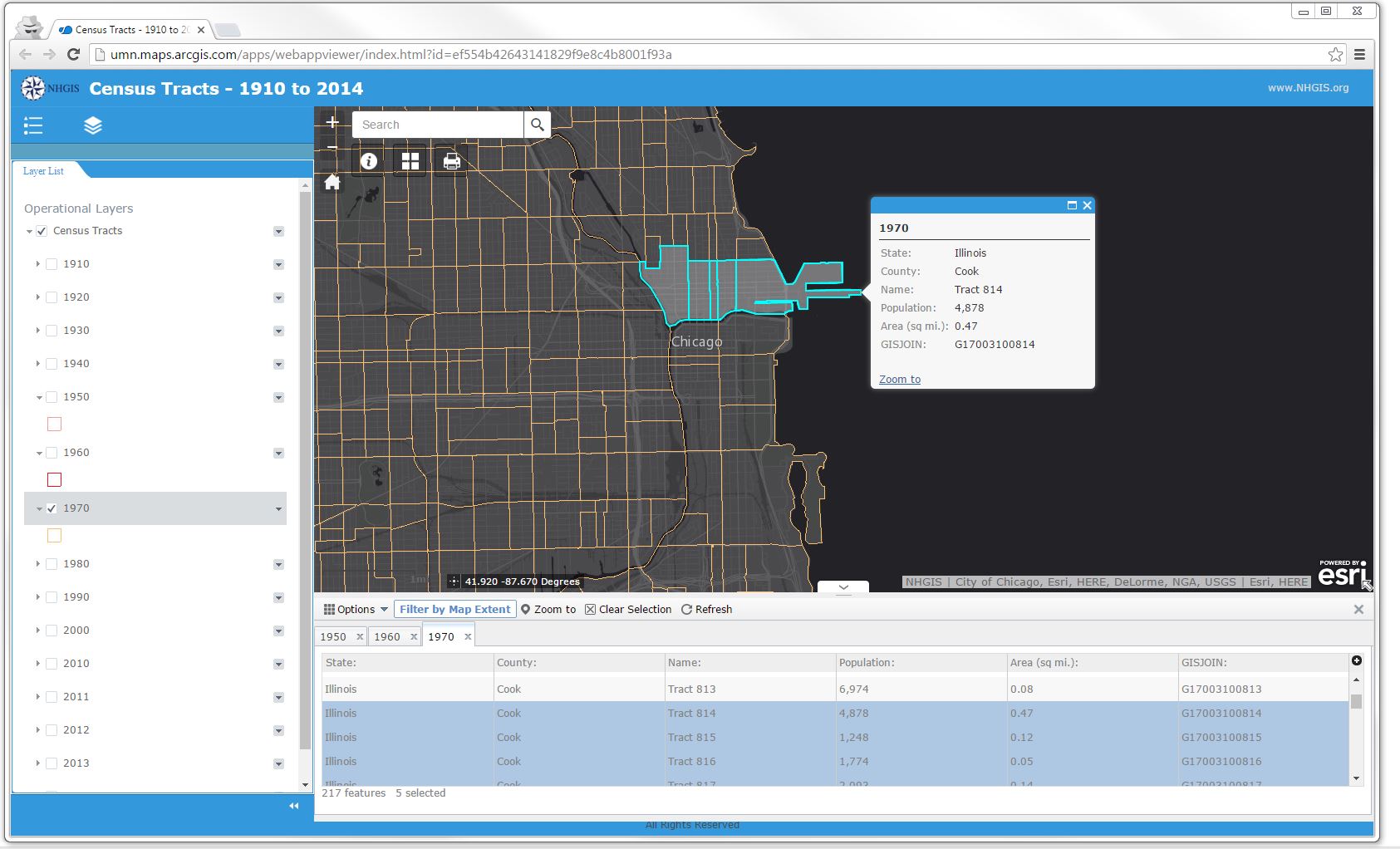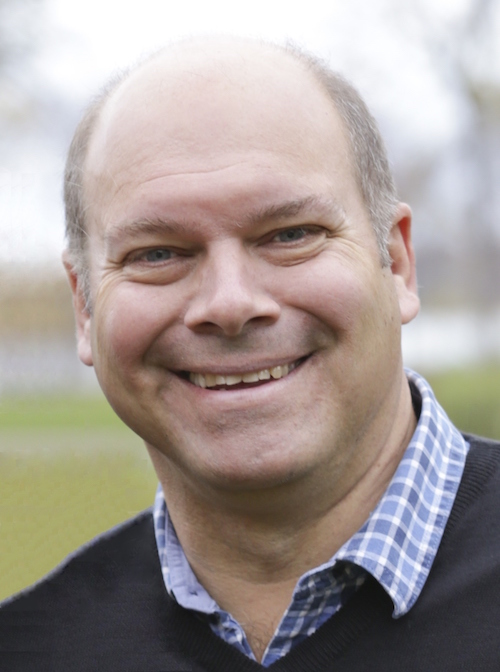
A year ago, the MPC’s Integrated Health Interview Series (IHIS) project launched their IHIS Data Briefs. IHIS offers an integrated version of the National Health Interview Surveys (NHIS). “The data briefs were a natural fit for the NHIS data,” says Julia Rivera Drew, co-principal investigator of IHIS and co-author of the Data Briefs. “We realized that there were great resources that were going underutilized in NHIS and this provided a way to let users know the contents of the database. The briefs allow us to introduce topics that our users may have been interested in, but didn’t know we covered.” The briefs have also helped Drew and her colleagues reach out to new kinds of users.


 Associate Professor of History and MPC Faculty Member J. David Hacker made headlines in 2011 when he published a groundbreaking study of the total number of U.S. Civil War dead. Hacker argued that the widely-accepted figure of 620,000 was far too low. Using IPUMS, Hacker showed that the number of dead was at least 750,000—if not more. His article, “A Census-Based Count of the Civil War,” published in Civil War History, was introduced by the editors in the issue as “among the most consequential pieces ever to appear in this journal’s pages.”
Associate Professor of History and MPC Faculty Member J. David Hacker made headlines in 2011 when he published a groundbreaking study of the total number of U.S. Civil War dead. Hacker argued that the widely-accepted figure of 620,000 was far too low. Using IPUMS, Hacker showed that the number of dead was at least 750,000—if not more. His article, “A Census-Based Count of the Civil War,” published in Civil War History, was introduced by the editors in the issue as “among the most consequential pieces ever to appear in this journal’s pages.”